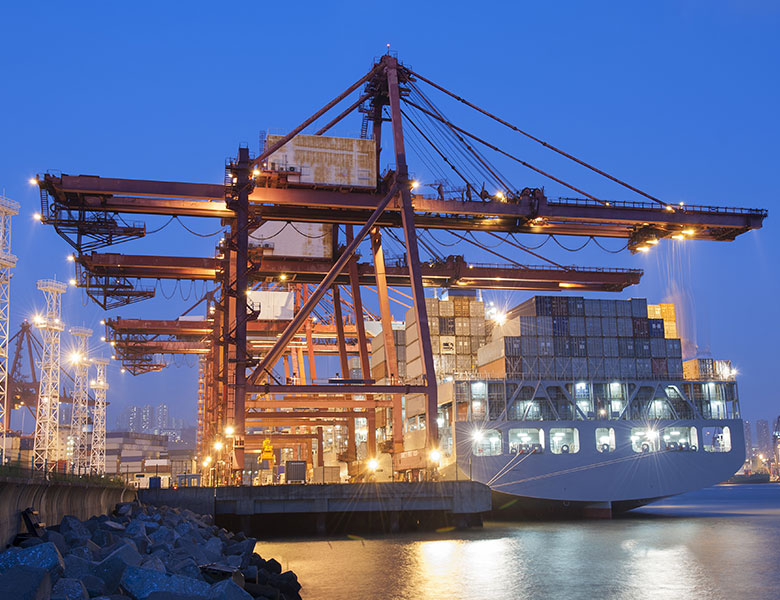A bevy of recent developments in China’s shipbuilding and aerospace sectors highlights important dynamics playing out in its overall technical-industrial growth and development.
On the shipbuilding front, Chinese naval yards are now the world’s busiest warship builders, with at least
six classes
of surface combatants and submarines now under construction simultaneously. With China very likely preparing to construct follow-on aircraft carriers to complement the Liaoning, its possession of multiple yards capable of building large vessels with modular construction techniques is a huge strategic asset. China’s large number of empty, or soon to be empty, civilian shipyard spaces may yet prove militarily useful.
Gabe Collins and Andrew Erickson, “LNG Carriers to Aircraft Carriers? Assessing the Potential for Crossover between Civilian and Military Shipbuilding in China,” China SignPost™ (洞察中国) 12 (18 December 2010).
China is also rapidly developing significant high-end aerospace engineering and design capabilities, ranging from spacecraft to modern fighter airframes. For instance, it has developed and is now testing the low-observable J-20 fighter, an aircraft that, with the right engines and technical inputs, could shift the air power balance in the Asia-Pacific Region.
Gabe Collins and Andrew Erickson, “China’s New Project 718/J-20 Fighter: Development outlook and strategic implications,” China SignPost™ (洞察中国) 18 (17 January 2011).
Meanwhile, however, China is still struggling to mass-produce high quality and reliable indigenous jet engines for both military and commercial aircraft. The jet engine struggle suggests the limits of an R&D philosophy of “problems can be solved by throwing money at them” and points to the possibility that many segments of Chinese industry may require a significant philosophical, organizational, and management revamp in order to become globally competitive on the basis of true innovation.
Gabe Collins and Andrew Erickson, “Jet Engine Development in China: Indigenous High-Performance Turbofans Are a Final Step toward Fully Independent Fighter Production,” China SignPost™ (洞察中国) 39 (26 June 2011).
Gabe Collins and Andrew Erickson, “A Chinese ‘Heart’ for Large Civilian and Military Aircraft: Strategic and Commercial Implications of China’s Campaign to Develop High-Bypass Turbofan Jet Engines,” China SignPost™ (洞察中国) 47 (19 September 2011).
Indeed, at the most fundamental level, the jet engine saga is a critical case. It will likely provide a useful barometer for whether China will continue to be a lower-cost assembler or whether multinational corporations will eventually have to contend with a Chinese equivalent of Google, Apple, GE, or Siemens that can compete on quality and innovation, rather than low cost. In turn, moving up the innovation ladder would be positive for wealth creation in China since more of the value-added of products would stay in the hands of Chinese inventors, license-holders, and manufacturers. Increasing domestic innovation capacity, at least to a modest extent, is likely one of the key hurdles for successful transition to the new growth model that China’s economy now needs badly. In following these key factors, a key indicator to watch is where China’s wealthy are making their money.
Gabe Collins and Andrew Erickson, “Follow the Money: ‘Rich Lists’ Hint at Sectors That May Become Future Wealth Generators,” China SignPost™ (洞察中国) 7 (27 November 2010).
In 2014 and beyond, China SignPost will examine an even broader array of technological and industrial sectors. This will enable it to better serve as a pathfinder that identifies and illuminates pockets of risk, value, and opportunity in a fast-paced, complex world. In an era of considerable uncertainty, China SignPost works diligently to identify the trends that offer opportunity today and to help you plan and position effectively for the future.


